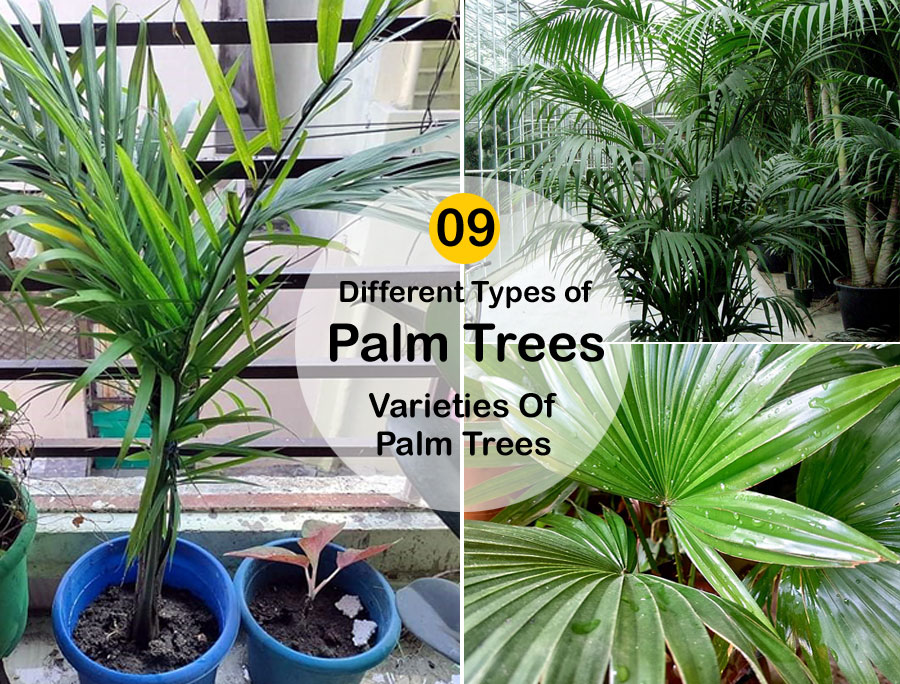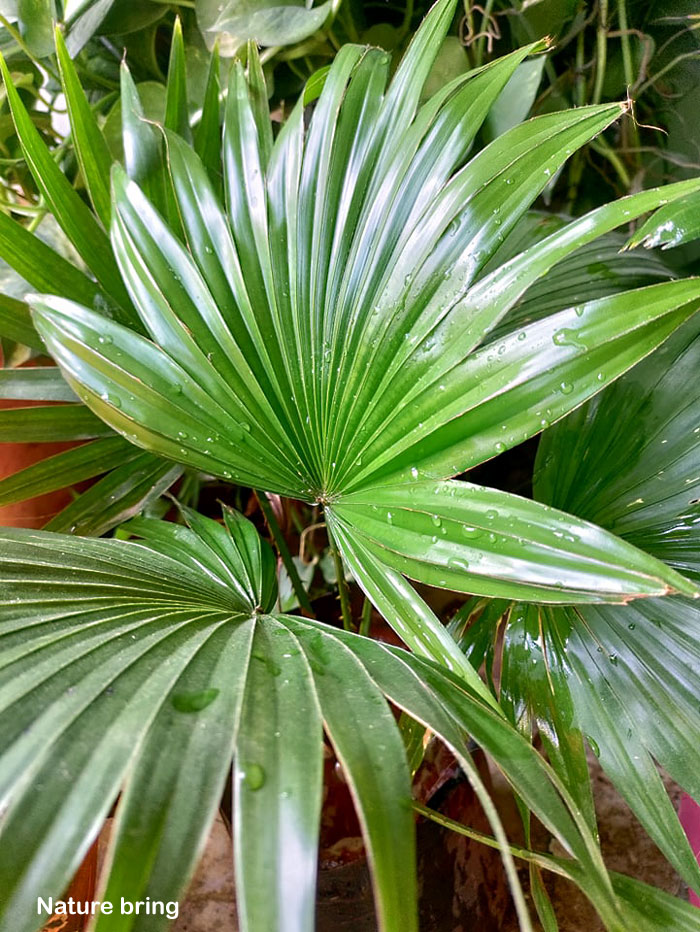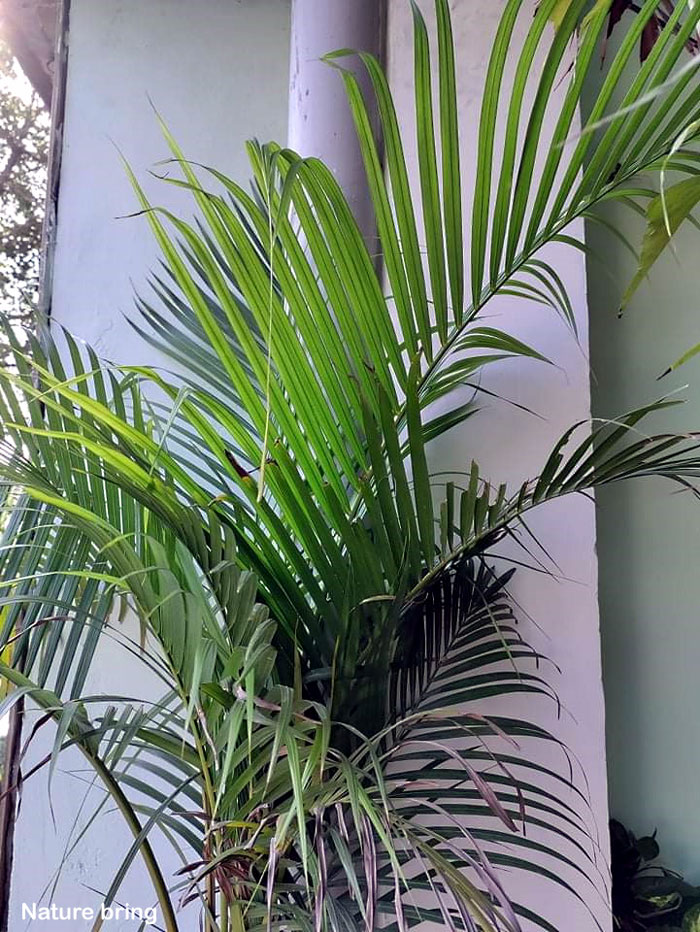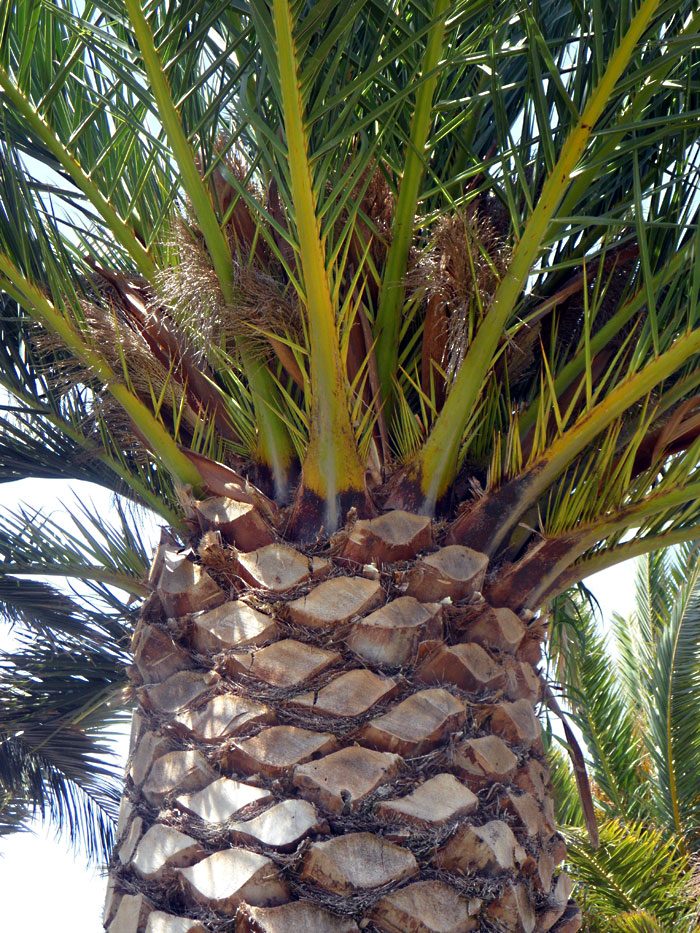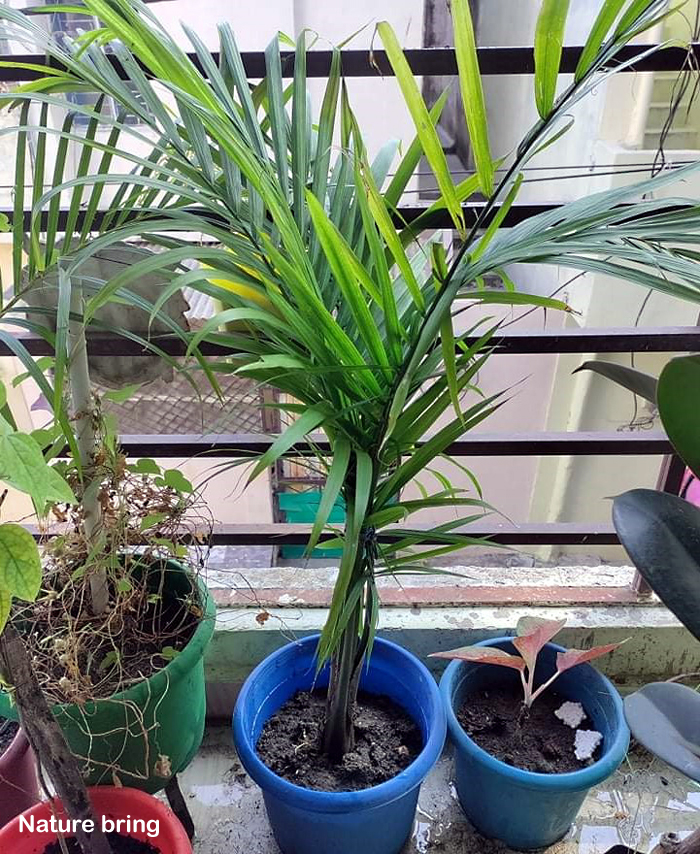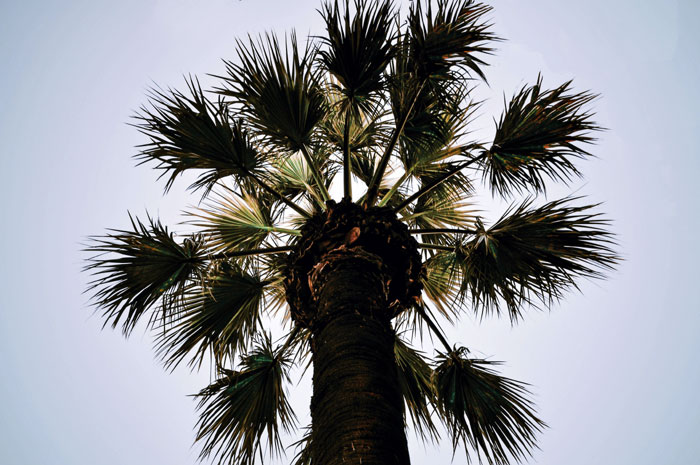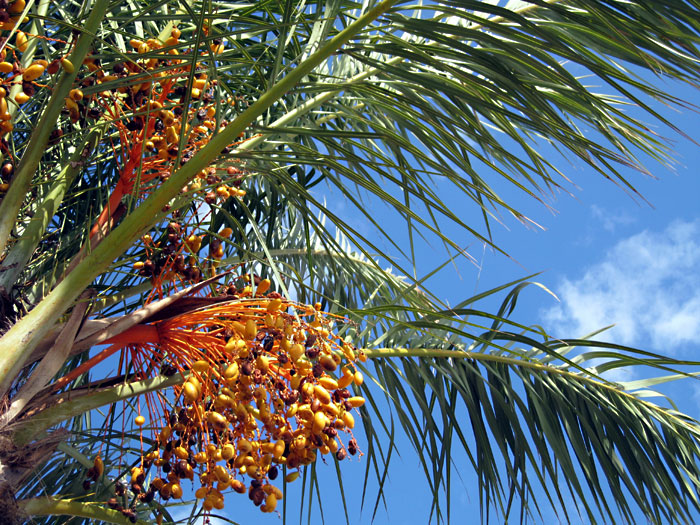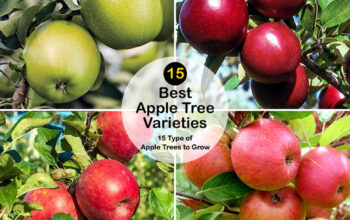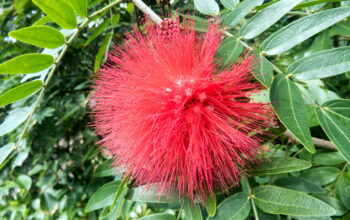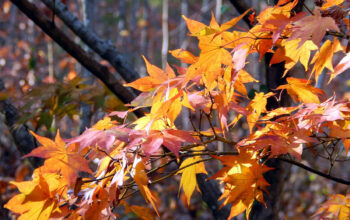09 Different Types of Palm Trees (palm plants)
Most of their diversity is found in lowland and wet forests. There are varieties of palm trees in the world identified by their compound, evergreen leaves, called fronds, arranged at the top of an un-branched stem. It is estimated that palm trees can live for up to 100 years, depending on the species. Palms might evoke feelings of peace and relaxation unlike any other plant because of the tropical environment in which they grow. The bold, tropical look of palm plants can also be achieved easily to create a stunning home interior. These plants stand out from other plants because of their soft, feather-like fronds, short, dark trunks, and exotic body structures. Learn 09 Different Types of Palm Trees growing condition. Read also.
01. Chinese fan palms
These trees are slow-growing. They are distinguished from other palms by their star-shaped leaves, which make them stand out since most of them have fronds that are feathery. It is possible for them to stand up to 15 feet in height. Younger Chinese fan palms can be grown in shady conditions, but they do better in bright light. Make sure you use a large pot if you are planting them indoors, so as to allow the roots to grow wide. Slow-release fertilizer is all it needs to be fed once a year on this tree.
02. Areca Palm
Areca palms are also known as bamboo palms, golden palms, yellow palms, and butterfly palms, and are popular because of their soft fronds and tolerance for low light. Additionally, they are more affordable and can be a viable alternative to buying expensive decorative plants. Plants like these can grow to be up to 5 feet tall, so they are an excellent choice for a houseplant. To maintain a lush look, plant your areca palm in fertile soil and feed it monthly with fertilizer.
03. Pineapple Palm
There is also this variant, which is known for its unique appearance. These palm trees are highly popular and widely planted around the world due to their low maintenance requirements. They’re also known as Canary-Island Date Victories. Plants grow best in sunlight zones nine through eleven when the sun is at its most intense. This plant requires little care as it can tolerate salt. Since they tolerate salt, they are ideal for beach areas. You should only be concerned about the soil they are to be planted in. It is important that this soil has a good drainage system.
04. King Palm
Archontophoenix cunninghamiana is the scientific name of King Palm. There are several variants of the King’s palm, all of which are closely related. It is Archontophoenix cunninghamiana that is the most commonly available among the species that are available. In order to plant them, the soil should be rich and have good drainage. Growing them in the full sun is ideal. In humid environments, however, their leaves can be burnt and brown spots can form.
05. Majestic Palm
A majestic palm is ideal as a houseplant due to two of its positive characteristics: it tolerates shade well, and it grows slowly. The indoor environment needs to be humid and moist for them to flourish. The place near the bathroom and kitchen is best suited for planting this tree. The soil should be moist and indirect light should be available during the day.
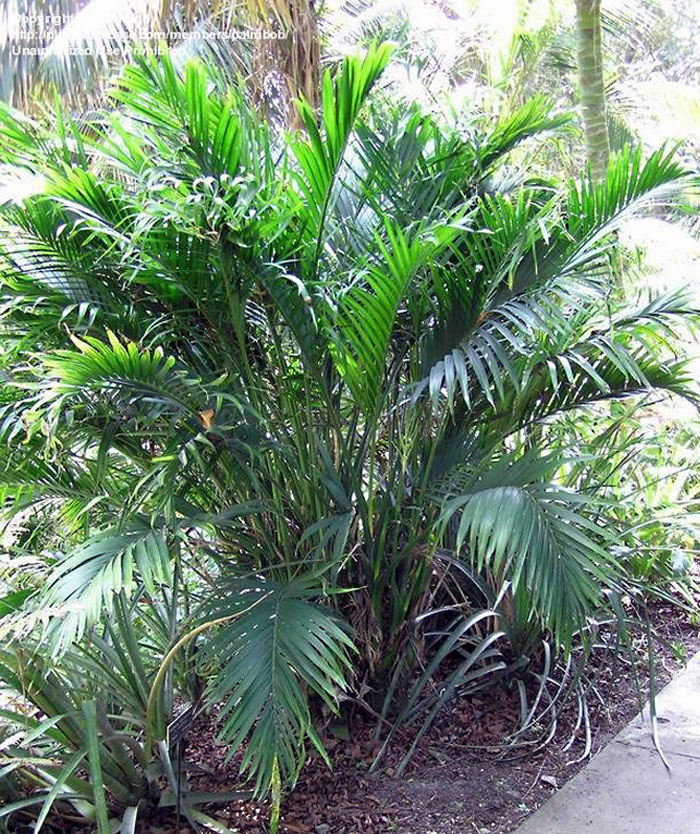
06. Cascade Palm
The cascade palm thrives in its native habitat alongside streams and in the lowlands, so it requires frequent irrigation when grown indoors. Cascade palms are happy in the shade and make excellent understory plants. When the plants grow to quite a large size, they form a dense clump of fronds, giving them more plant material for division.
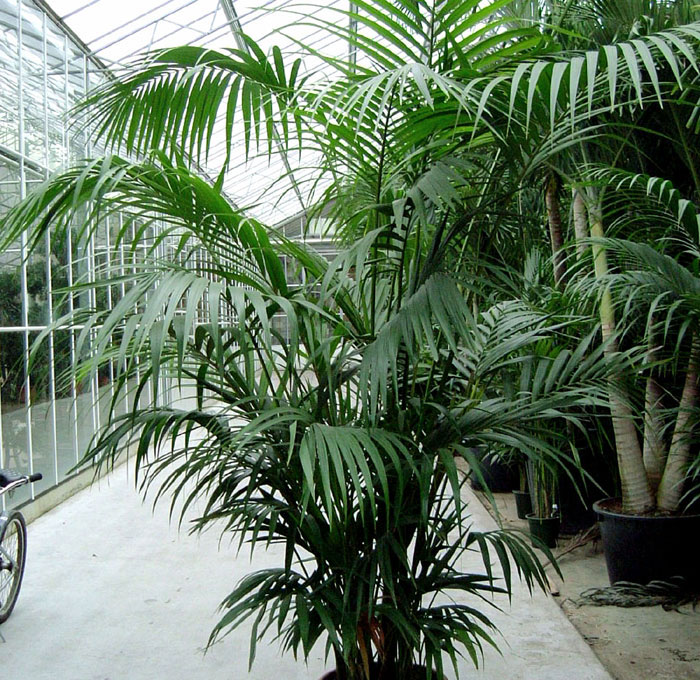
07. Kentia Palm
A Kentia palm is currently called a Howea forsteriana. Additionally, it goes by the names Thatch Palm, Paradise Palm, and Sentry Palm. With their incomparable grace, they can adapt to any home condition. There is no other palm that serves as well in an indoor environment as the Kentia. If grown outdoors, they can reach a height of over forty feet but are barely ten feet tall indoors. Ponytail Palm:
Ponytail palms can grow in even the smallest of indoor spaces thanks to their sturdy trunk and gracefully arching leaves. Palms are easy to care for and require little maintenance. They will grow in partial sunlight to full sun and require moderate watering.
08. Date Palm
The date palm has been around for over 50 million years. Additionally, they have had staple foods in many countries for thousands of years. Palm date trees can grow as high as 75 feet. In order to sustain the fruit, they also grow many surface roots through which they absorb water.
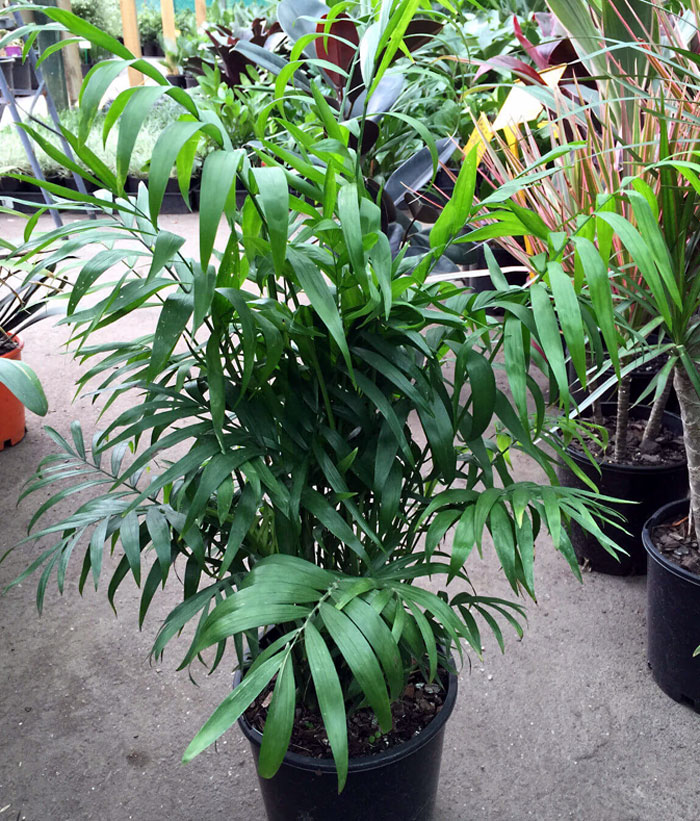
09. Parlor Palm
Parlor palms are one of the very few trees that are suitable for indoor planting, especially palms. Their growth depends on average heat and light. There is no need to prune them other than to clean the dead branches occasionally. A very dry climate may attract spider mites on parlor palms, which thrive in a high humidity environment.
Read also:
6 healing herbs you must grow in your garden. 10 Root Vegetables easy to grow. Sedum plants growing and care tips. Plumbago auriculata grow and care. Growing Sage plants in your garden. 09 Seasonal vegetables for June. How to grow anise plants. Growing Fruits tree indoors. Winter vegetables growing guide. How to Grow Kale plants. Make your own Kitchen garden.
For pin:

